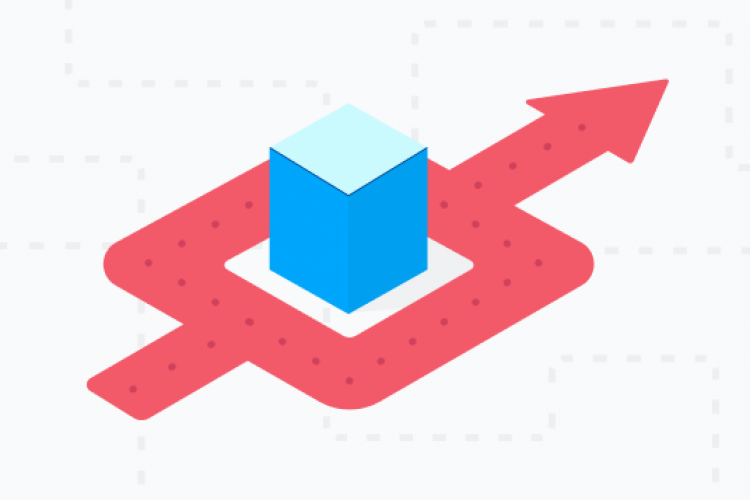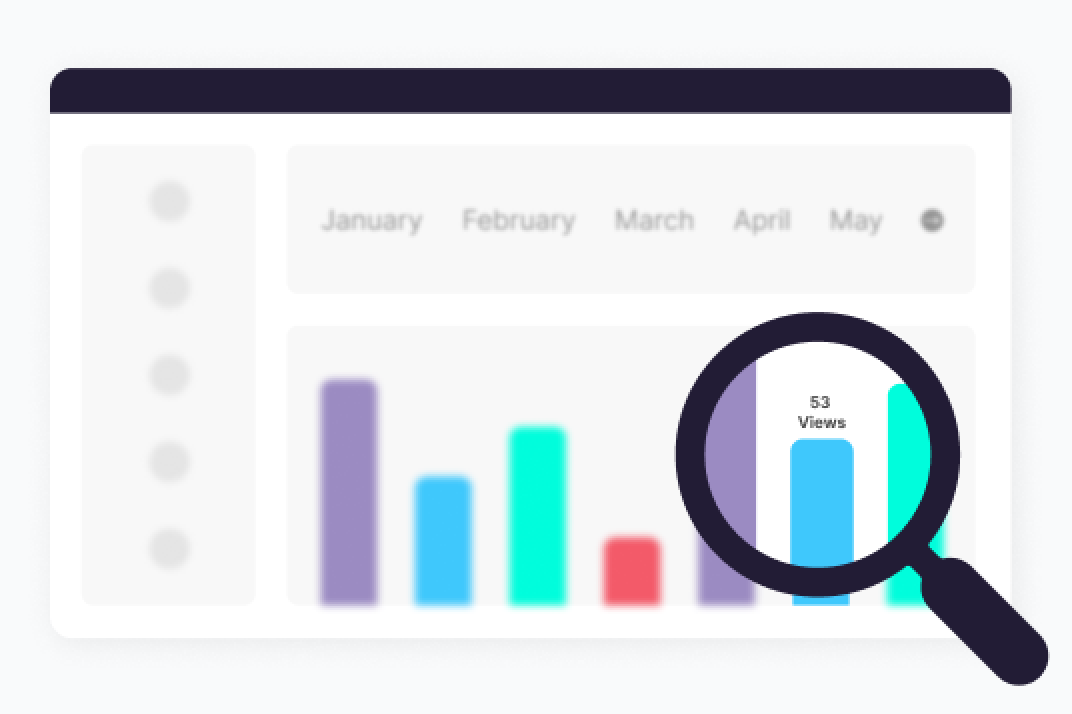As a team of strategists, designers, and developers, we have a myriad of tools at our disposal that we can leverage during the discovery phase to achieve our goal of establishing a shared understanding with our client partners of what it is we will be producing or what problems we will be attempting to solve.
Stakeholder Workshops
The first tool, and most often used, is the Stakeholder Workshop. In our experience, there’s really no substitute for sitting down and talking with our clients and their various, you guessed it, stakeholders that make up the organization. In almost every situation, a website, app, or product exists to serve the needs of multiple groups. These can include the end-user, those responsible for editing or maintaining the product, company leadership, and a host of others. The purpose of these discussions is to understand the goals, needs, motivations, and behaviors of these different groups.
It’s rare that the goals and needs of these diverse stakeholders perfectly align. Thus, it’s important to identify commonalities, differences, and ultimately prioritize them. These workshop sessions set the foundation for understanding what it is we will be creating and who we’ll be creating it for.
User Journey Mapping
This exercise is most often used to gather a broad view of the user’s entire journey to help uncover sticking points. Our UX Strategists will work with you to map out key touchpoints in the journey that include tasks the user is attempting to complete, platforms or devices used, and potential interactions with people. We then look across this journey to find areas that are providing a great customer experience and attempt to identify potential pain points.
This exercise helps us understand where the customer’s journey is experiencing friction and provides us with defined areas of focus as we refine an updated experience.
Heuristic Evaluation
When there is a current iteration of a product and we’ve been tasked with creating the next, we often conduct a heuristic evaluation of the existing platform. A heuristic evaluation is a process of identifying problems with usability and experience by measuring a product against a set of recognized usability principles.1 Our UX strategists and designers will inspect a product and document the elements that are difficult to navigate, don’t function as expected, and generally do not adhere to the defined set of usability best practices.
When executing a heuristic evaluation, we can identify issues with navigation, reveal design aspects that hinder the experience, and uncover issues with adherence to accessibility standards. The goal is to identify what issues need to be addressed in the next iteration of the product and thus where to focus our time and energy, rather than investing time into trying to fix something that isn’t broken and already adhering to best practices.
Accessibility Review
Accessibility, and its associated requirements, is often the topic our clients have the most questions about. Having a site that does not meet accessibility requirements, not only impacts the user experience, it can also have legal ramifications as well. As a result, we often conduct a comprehensive accessibility review during the discovery phase for all our website projects.
While accessibility requirements do vary based on compliance level, the requirements center around web elements such as font size, color contrast, screen reader compatibility, and keyboard-only navigation. In conducting our accessibility reviews, we leverage a combination of both automated and manual testing, measuring against the established guidelines and requirements, to ensure all elements are tested thoroughly. A thorough accessibility review ensures that any non-compliant aspects can be properly rectified so that the site can be properly used by all users, regardless of disability.
Sitemap Audit
While a heuristic evaluation can identify issues with a site’s usability and navigation, a sitemap audit takes a deeper dive into the structure and organization of content across the entire site. The first step in the sitemap audit process is to compile a comprehensive list of all pages on the site. This is typically done using an automated web crawling tool that scans the site and pulls each page URL, along with various metadata associated with each page, into a comprehensive XML spreadsheet. Once the crawl has been completed, we review the generated sitemap to identify broken links, 404 errors, redirects, and any pages that may not be properly indexed for search engines.
An extensive sitemap audit serves two primary purposes. First, it ensures that your site is properly configured and structured for search engines to effectively crawl and index your site, which is what allows users to find your site, and its content, when they search for it. Second, it allows us to better organize and structure the content to make it easier for users to find as the peruse the site. Additionally, a sitemap audit provides the opportunity to address redundant, outdated, and trivial content which further serves to improve the user experience.
Analytics Audit
We’re fortunate to have vast amounts of data at our fingertips thanks to powerful tools such as Google Analytics. With heat maps, we can even gather data on specific pages, such as where users are spending their time or which buttons are being clicked the most. Mining this data through the process of an analytics audit, helps us uncover issues that may not be readily apparent from a visual inspection of the site. It also helps affirm what aspects of a site are working well and facilitating the actions we want users to take.
When conducting an analytics audit we also seek to determine who our users are, where they are coming from, and the paths they take when navigating the site. Having quantitative data to pair with qualitative insights, allows us to develop a well-rounded analysis and prove, or disprove, any hypotheses developed during the course of our discovery efforts.


